A Renaissance Primer on Academic Writing

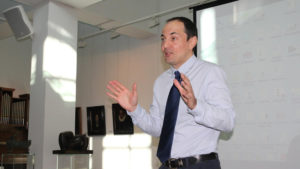
As possibly the only management professor teaching (and indulging in) art history, I have come to realize that many of the key principles that guided the evolution of painting during the Italian Renaissance can be usefully applied to the domain of academic writing. It is a similar creative activity with a similar objective – making a strong impression on a viewing audience by articulating methodologically sound observations in a visually appealing manner.
Leonardo quite likely never intended to articulate advice on writing as an intellectual activity, but one can borrow generously from his style and writings in formulating a number of basic principles that can help connect with the reader in a similar way to his paintings. Remember, the main objective of a writer is always to captivate the reader and motivate her to keep turning the pages. To that end, the following precepts of painting, as embodied in Leonardo’s art, can prove particularly helpful:
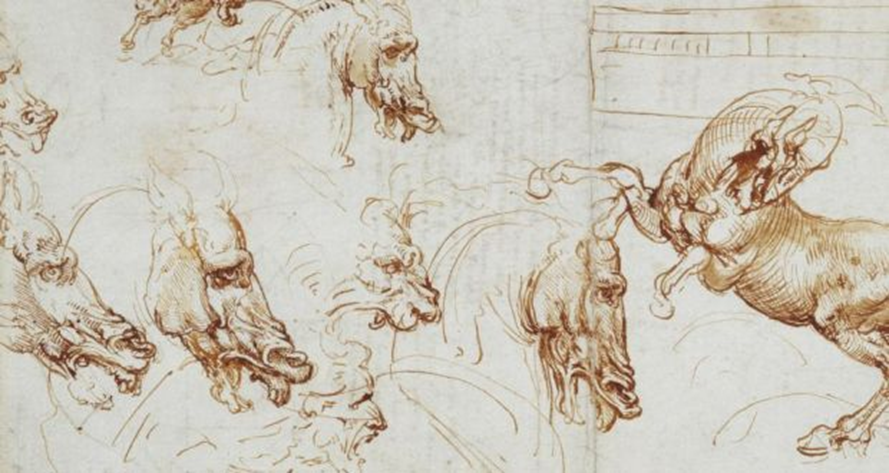
The power of observation. While many would have it that insights for papers should come from the careful overview of theory, this is neither obligatory nor particularly true. Ideas often emerge from the observation of phenomena that surround us and are a product of curiosity, rather than methodological rigor or deep knowledge. Leonardo was adamant that both art and science derive from the observation of nature and the striving to understand natural phenomena. Science is about identifying patterns in an infinite variety of events or factors. An empirical, phenomena-based method for understanding nature or social events is legitimate, as long as it is robust and systematic. Studying a horse race in Italy or an obscure political movement in a post-communist country is a worthy endeavor if methodologically sound and broadly framed. Science proceeds on the basis of experience and experiment (esperienza), which are intricately linked and can provide the requisite grounds to challenge received wisdom.

A mix of natural realism and creative fantasia. Science is fact-based, but this does NOT mean it is devoid of imagination. On the contrary. Leonardo emphasized the importance of the ability to marvel at natural phenomena and portray them on a canvas by rearranging elements or adjusting proportions so that one is able to achieve the strongest possible impact on the viewer (or reader). It is OUR choice what we decide to present to the reader, as there is an abundance of possible causes of a given social outcome. The model that we present does not need to be exhaustive; it needs to coherent, logical and intriguing, featuring complex interdependencies between selected factors or a set of predictors of an interesting, unexpected outcome. Modelling is about imagination, not the discovery of hidden truth.
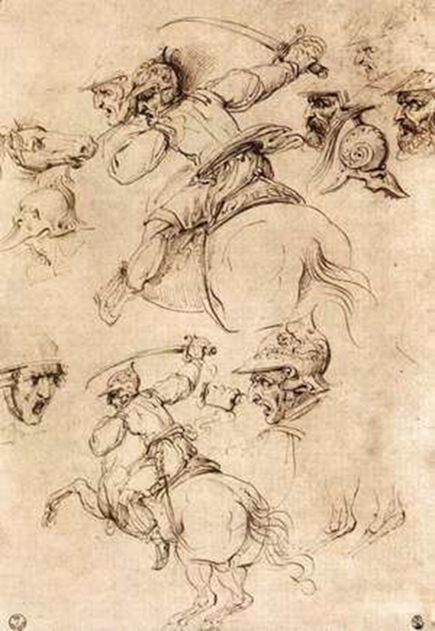
Conveying motion as a narrative. Leonardo’s art is one of the most compelling embodiments of the maxim that what turns a statue into a narrative is the sense of motion. Paintings or academic papers are static in nature, capturing a snapshot of reality, whereas reality is dynamic, changing all the time. We can try to reproduce movement not simply by using longitudinal data, but by inferring movement even in cross-sectional designs. An effective paper develops a narrative that walks the reader from its reasons for being through the observation process to the substantive conclusions. A paper is always a process, but the outcome is dynamic too – it changes even when we are modelling it, as we choose which of its elements to emphasize or not.
Leonardo’s favorite pattern was the spiral, reflecting his preoccupation with representing matter in motion. One of its main manifestations in science is the feedback loop – reminding us that what we are observing at any point of time is not only liable to change, but also to influence the predictors in our models. There are cycles in nature and in social life, whereby predictors influence outcomes, but outcomes feed back into predictors. Our papers tend to conveniently bracket out the feedback loops.
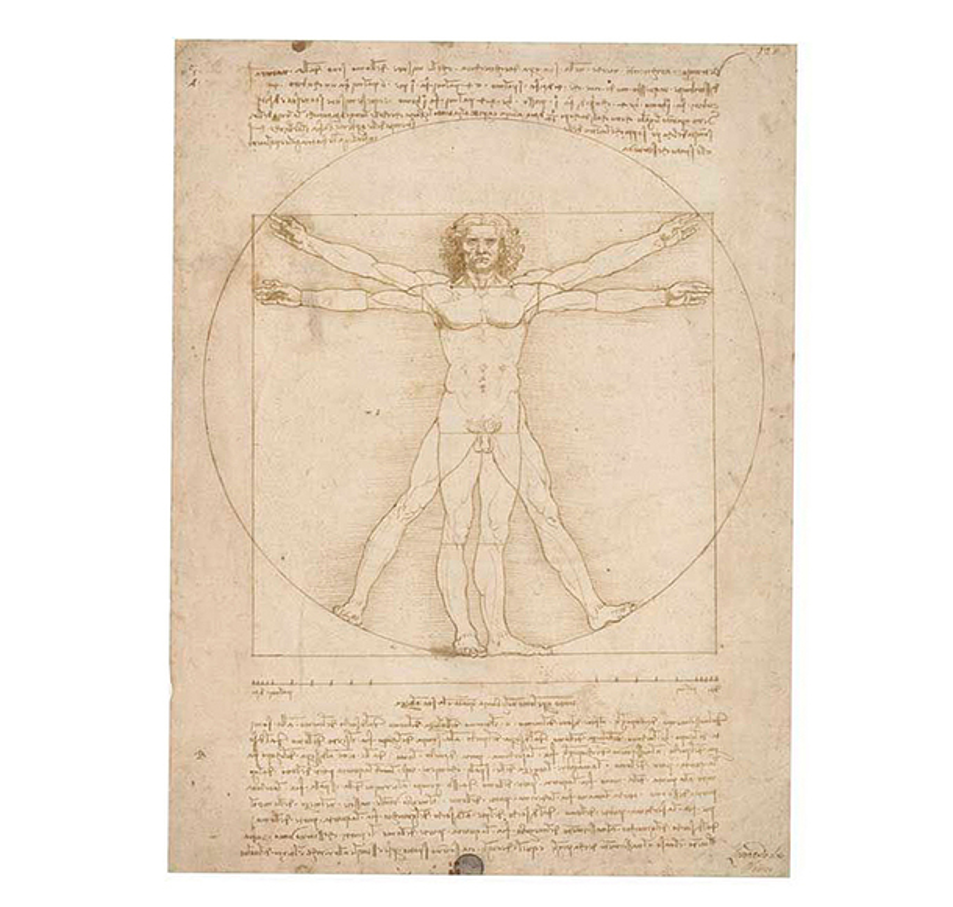
Harmony in proportions. Every article needs to be well-balanced between its different sections. It makes no sense to overemphasize a section with little value-added or shrink a rich, detailed account of the research context (unless, of course, one is compelled by an editor to do so). You can extend a section of the paper to be able to zoom in on a pattern or a detail but bear in mind this often means you need to adjust the length of neighboring parts, so that the whole maintains a sense of harmony. Writing a paper is not unlike shooting a movie – it is a sequence of zooming in and out, switching between the foreground and background, between protagonists or subplots. These need to be well-balanced and harmoniously aligned.
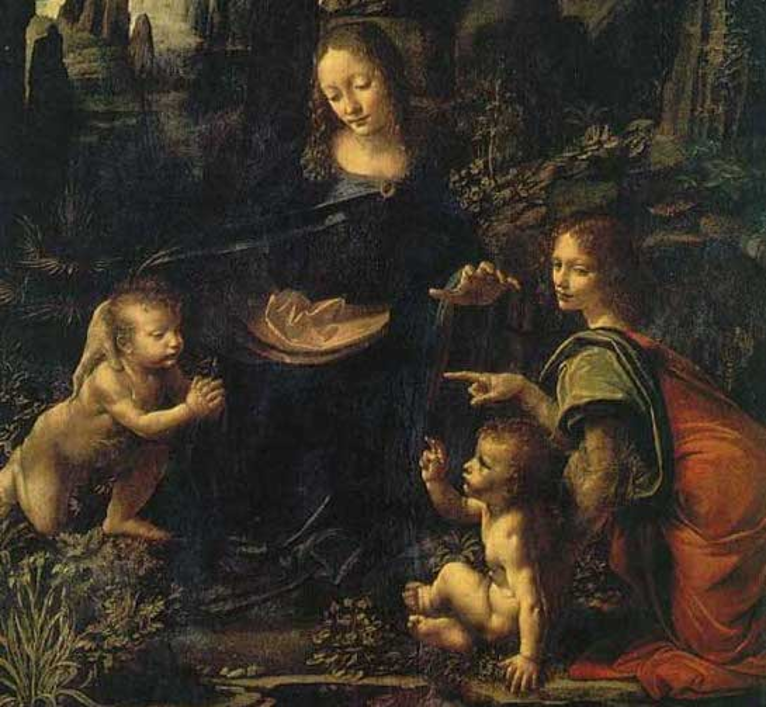
Chiaroscuro – contrasts of light and shadow as a modelling technique for achieving the illusion of plasticity. Contrasts are essential in effective writing as they serve to dramatize differences with other studies, but also to heighten the emotional appeal of the findings, thereby allowing them to convince skeptical reviewers. Never hesitate to contrast your work with that of others; when elegantly executed this helps differentiate your work and better position your argument. A black circle against a white background stands out immediately (and vice versa), but it also helps the reader identify the novelty of your argument. You can use contrasts within the argument too, such as when Variable 1 leads to a decrease in the Outcome, while Variable 2 results in its increase. Such contrasts can be very effective.

Sfumato – the technique of blurring contours and edges. Leonardo insisted on the need for artists to render objects as they appear to our eyes. When we look at three dimensional objects we do not see sharp lines. Similarly, our papers need to reproduce the effect of blurring, by smoothing transitions between sections and by trying to eliminate any jarring discrepancies – between parts of arguments or between coefficients in the model, which spoil the illusion. What this means is that the different parts of a paper need to be connected, whereby the last sentences of the prior section presuppose the initial sentences of the next section. In our statistical models, the background should seamlessly blend into the foreground, so that control variables are consistent with the key predictors or even if they contrast with them, the transition should be smooth, not sudden. Control variables enhance the main effects.
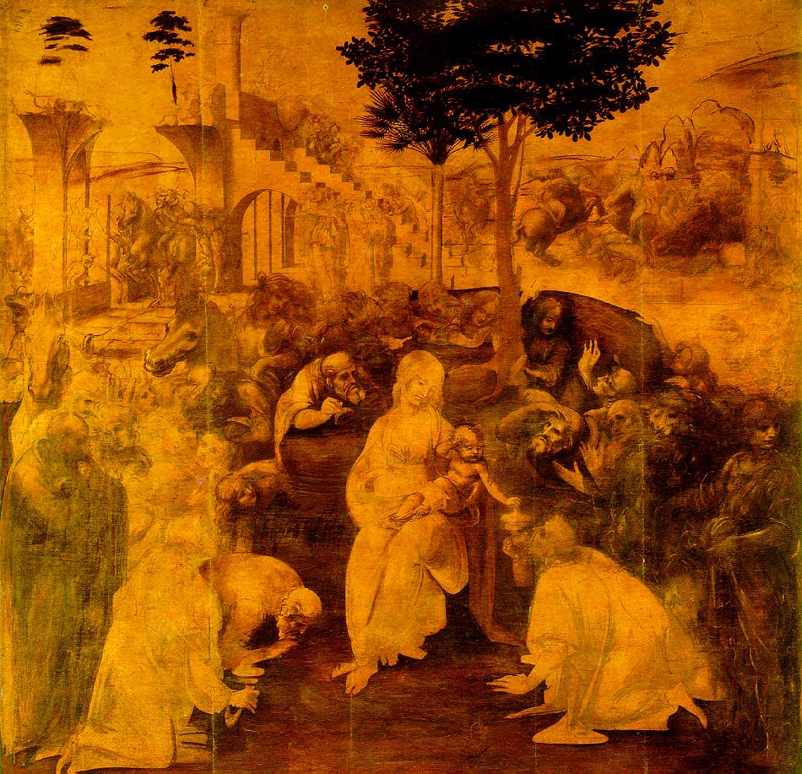
Connecting the macrocosm of the Earth and the microcosm in humans. A recent tendency in social science is to emphasize the need to connect in a meaningful manner macro and micro level factors. This was a key preoccupation in Leonardo’s art, where certain elements, such as water, were used to connect cosmic forces with human figures. Likewise, compelling accounts of social outcomes need to have an underlying behavioral model, while individual-level models need also to specify aggregation mechanisms. This is not necessary for a conventional publication, but connecting different levels of analysis does justice to social life itself, which is much more complex than our models allow it to be.
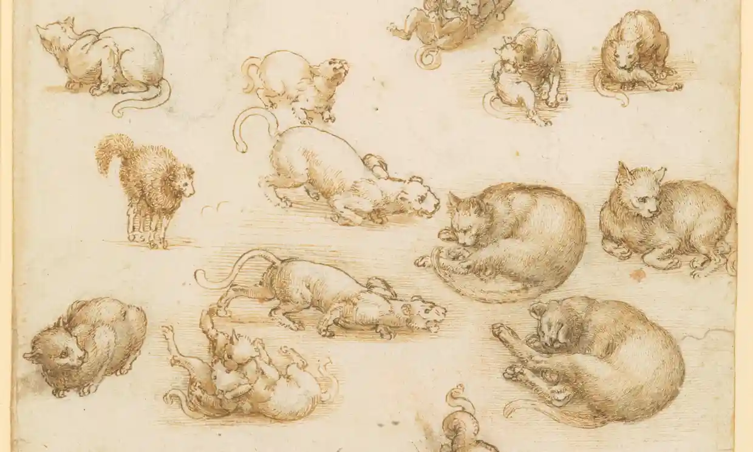
Curiosity. The Renaissance artist or scholar was fascinated by everything – from math to art, music to architecture, exotic flowers to clouds. Human knowledge knows no boundaries and tolerates no artificial divisions in the form of academic disciplines. Never hesitate to trespass on your neighbor’s lawn. He or she can benefit from it too. Ideas for an article or the solution to a nagging problem can come from anywhere, well beyond the bounds of your own field. Exposure to problems or solutions in other fields can help you reconsider your work in productive and unexpected ways.
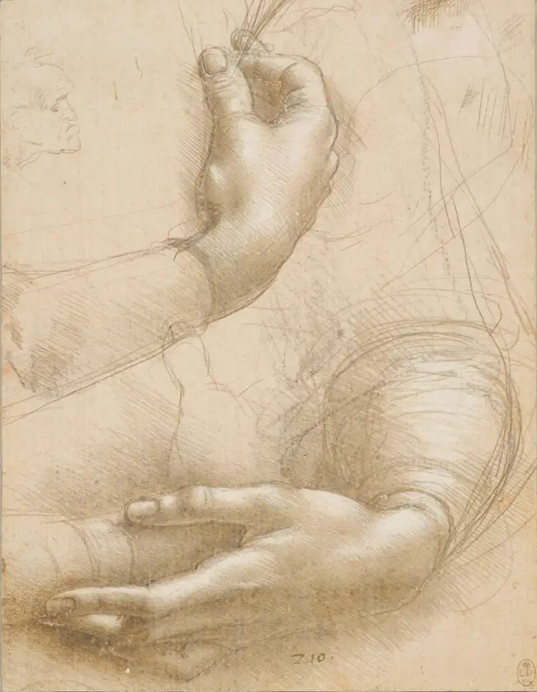
Craftsmanship. Art and science are practice based, where knowledge is accumulated in study and interaction, in the daily grind of overhauling prior material and toying with raw ideas. The hard work of science is what leads to brilliant insights. Science is both an art and a craft, the same way that art is both a science and craft. Writing is a skill that can be taught but can only be mastered upon merciless self-application and constant pursuit of improvement. No text is finished and no idea is complete. The practice of making science includes technical skills and the flight of imagination – these are complementary. Do not be afraid to start from scratch – it leaves more space for your imagination.
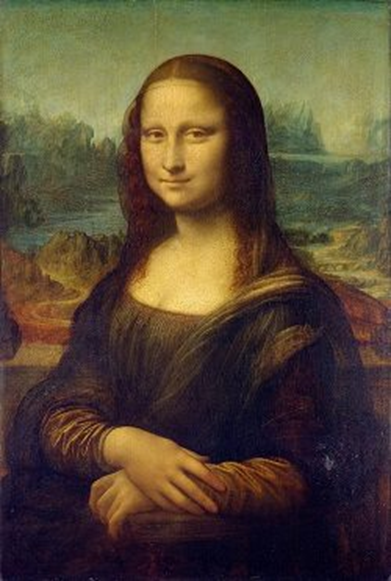
Ambiguity As the Mona Lisa famously epitomizes, blurred lines allow for enigmatic smiles. Every good paper needs a touch of ambiguity about it to intrigue the reader and keep her glued to the page. Life is messy and it does social science no favor to try to squeeze every drop of messiness out of our papers (though quite a few reviewers and editors try to do just that). Try not to overexplain what you are observing. Allow for room for interpretation, as this would permit readers to find in your paper things that you did not plant there by purpose. One of the key markers of success as a writer is when people read your papers for different reasons and even come away with different conclusions. Papers that keep stoking interest over time are the ones that ask the right questions and provide answers that create space for discussion. It took Leonardo a lifetime to master Mona Lisa’s smile, but that smile is what vowed the painting to eternity. Every detail in a paper matters – you never know which one will make people cite it. Be precise, but leave space for doubt and ambiguity – like a mezuzah on the door.
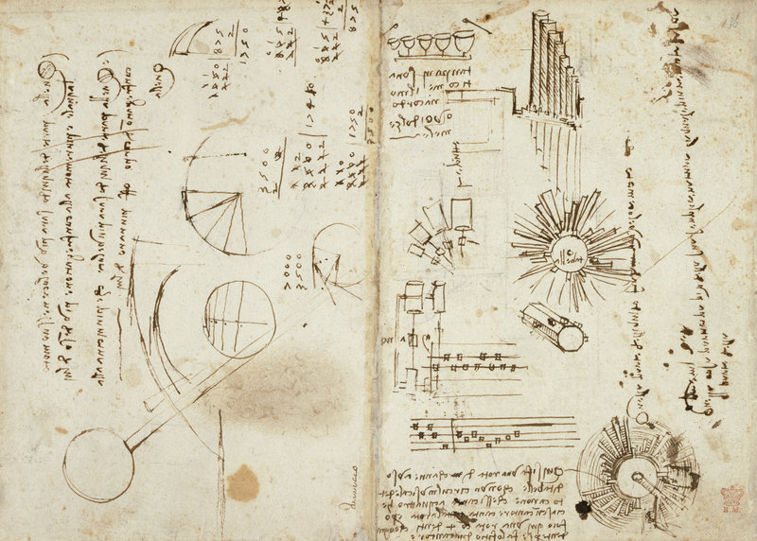
Componimento Inculto – an instinctive method of composition that helps work out ideas through an iterative process. You let yourself be guided by random forms and unstructured observations, putting down on paper elements (variables) and lines between them without working them out in detail. The technique involves drawing and redrawing these elements and lines with spontaneous boldness. The chaos of superimposed lines creates the confusion on paper through which the imagination is stirred to new inventions and visions. The author corrects and changes the work on an ongoing basis, by way of constant assessment and reassessment, so that the composition remains unfinished even when it is advanced. This is a process of associative elaboration, of thinking by sketching, where the stages of conception and execution of the article interpenetrate. The ideas emerge in back-and-forth movement between the sketch (on paper) of the theoretical model and the text of the article, which is restarted by exposure to random or more targeted observations. Intuition guides the analytical method; the method structures the application of one’s intuition in an iterative process of conceiving and analyzing forms.
Observation, movement, harmony and a bit of ambiguity – the Renaissance manual applies nowadays, too.



























































































